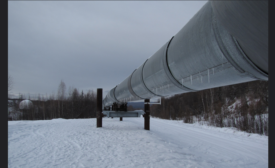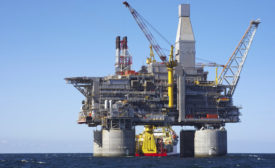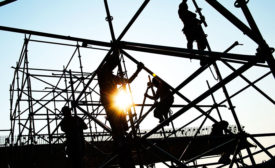Oil and Gas Industry Safety & Health
2020 Top Standards: ANSI/ISEA
ANSI/ISEA 121- Dropped object prevention solutions
January 1, 2020
2020 Top Standards: National Fire Protection Association (NFPA)
NFPA 652 standard on fundamentals of combustible dust
January 1, 2020
2020 Top Standards: ANSI/ISEA
ANSI/ISEA 121- Dropped Object Prevention Solutions
December 20, 2019
Never miss the latest news and trends driving the safety industry
eNewsletter | Website | eMagazine
JOIN TODAYCopyright ©2024. All Rights Reserved BNP Media.
Design, CMS, Hosting & Web Development :: ePublishing







